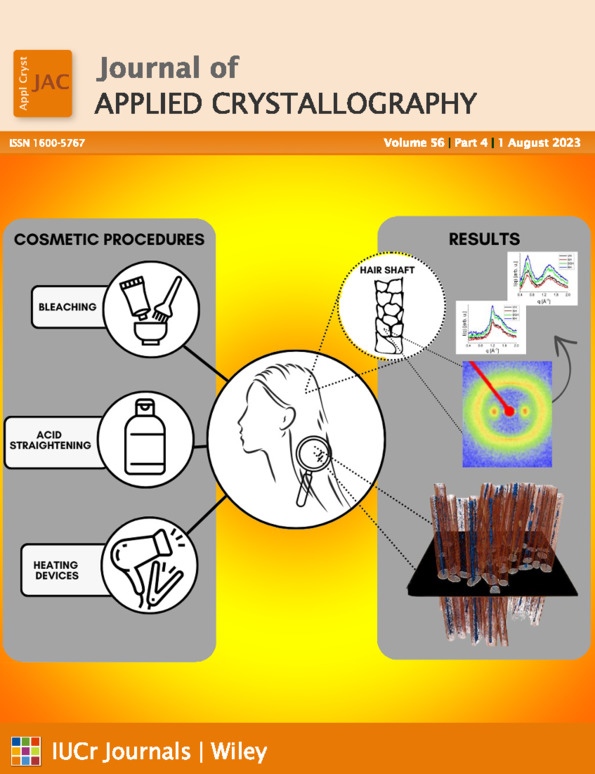Design of a three-detector system on LUOSHU: a small-angle neutron scattering instrument at China Mianyang Research Reactor
Abstract
The LUOSHU small-angle neutron scattering instrument is one of the neutron scattering instruments under construction at the China Mianyang Research Reactor. Research interests in the fields of materials science, physics, chemistry and biology require that LUOSHU provide a wide range of measured scattering vector magnitudes (Q), a large dynamic Q range and high resolution. A movable and combined three-detector system that consists of a high-resolution position-sensitive 3He multi-tube rear detector and two L-shaped front detectors is designed in order to expand the Q range and dynamic Q. Analytical calculations validate that, with the three-detector system, LUOSHU can cover a Q range of four orders of magnitude. Also, the three-detector system will extend the dynamic Q range and provide simultaneous Qmax/Qmin higher than 800 in operation, satisfying the requirements of in situ experiments.




